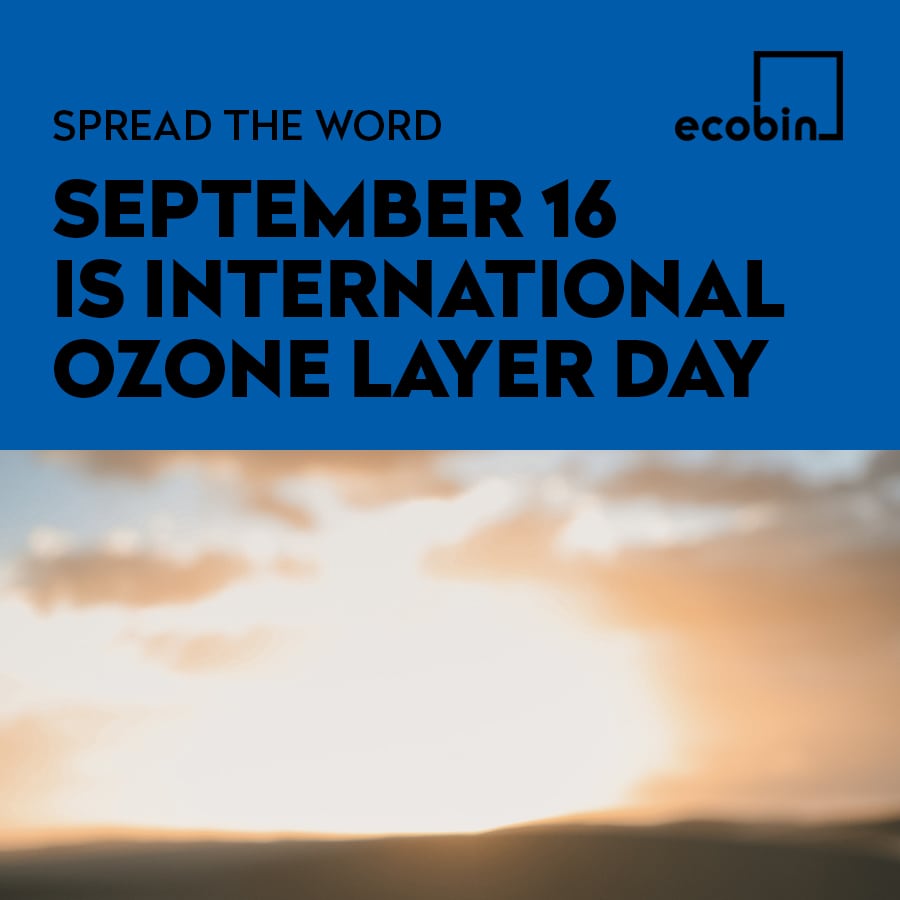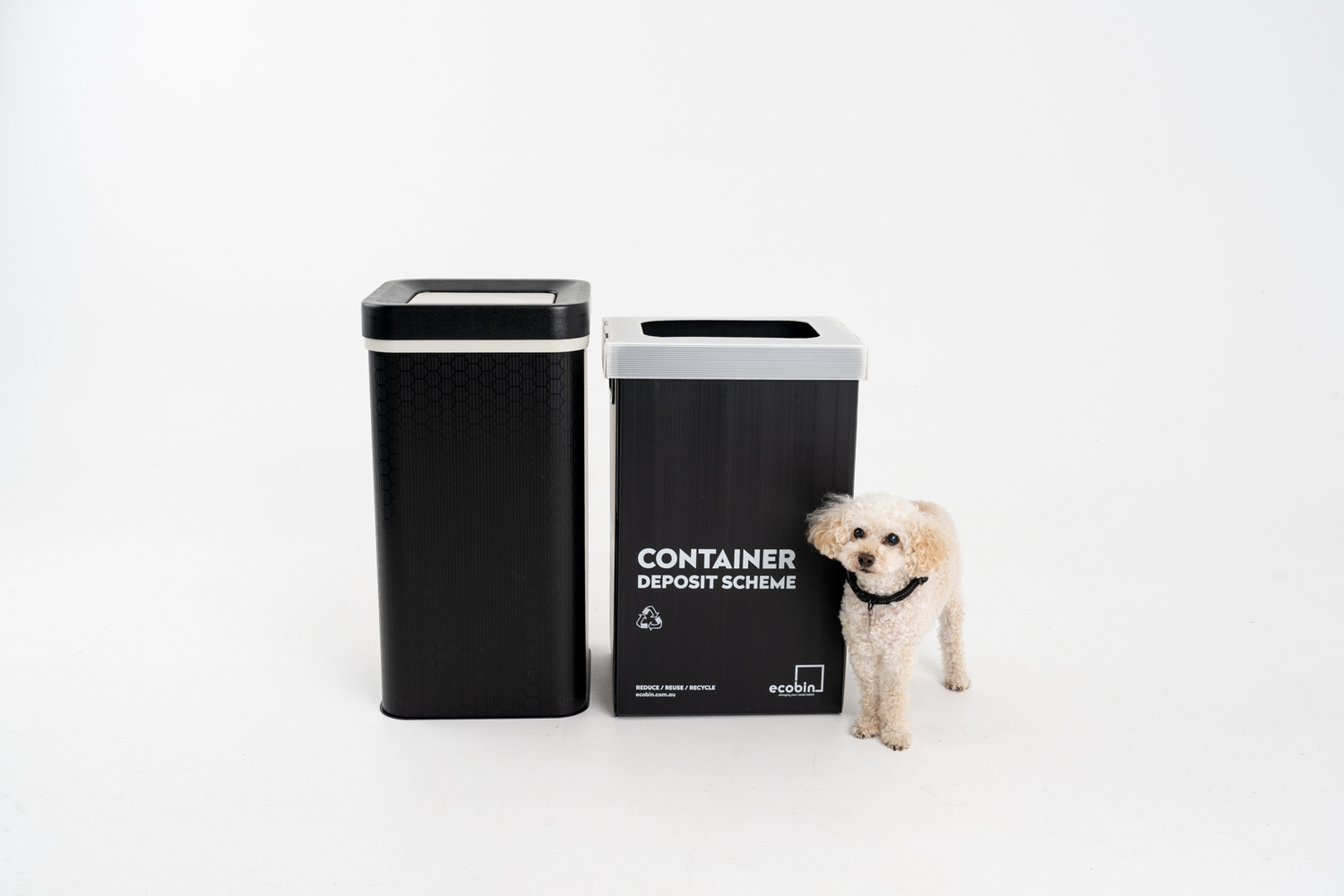
International Ozone Layer Day
Sunday September 16 is International Ozone Layer Day, a day established back in 1987 when 46 countries signed the United Nations Montreal Protocol to bring attention and focus to the serious issues facing the Ozone Layer and to phase out ozone-depleting chemicals. Today there are 197 nations that have signed the treaty and continue to ensure that harmful chemicals are not released into our air.
What is the Ozone Layer?
The ozone layer lies between 10 and 50 kilometres above the Earth’s surface and is a fragile shield of gas which protects the Earth and its inhabitants from ultraviolet radiation from the sun.
What are the issues facing the Ozone Layer?
Currently there are two holes in the Ozone layer that were discovered in 1985. Further investigation discovered that the holes in the Ozone layer were caused by chemicals such as chloroflurocarbons (CFCs), halons, methyl chloroform, carbon tetrachloride, hydrochlorofluorocarbons (HCFCs) and methyl bromide. The Montreal Protocol was set up two years after the holes in the Ozone layer were discovered with the aim to phase out CFC’s and other ozone-depleting chemicals. Through phasing out these chemicals the aim is to allow the Ozone layer to repair itself and ultimately close the holes – this is a long-term goal, as although we have already seen a reduction in CFC’s by 85% globally it can take up to 100 years for CFC’s to break down once they are airborne.
What are CFCs?
Chlorofluorocarbons (CFCs) are a family of chemical compounds developed back in the 1930's as safe, non-toxic, non-flammable alternative to dangerous substances like ammonia for purposes of refrigeration and spray can propellants. Their usage grew enormously over the years. One of the elements that make up CFCs is chlorine. Very little chlorine exists naturally in the atmosphere. But it turns out that CFCs are an excellent way of introducing chlorine into the ozone layer. The ultraviolet radiation at this altitude breaks down CFCs, freeing the chlorine. Under the proper conditions, this chlorine has the potential to destroy large amounts of ozone. This has indeed been observed, especially over Antarctica. As a consequence, levels of genetically harmful ultraviolet radiation have increased.
How can you help the Ozone Layer?
CFCs and other harmful chemicals are found in older refrigerators, air conditioners, fire extinguishers, aerosols, agricultural fumigants, foam and in solvents for cleaning electronic equipment. Although government legislation has largely reduced the amount of ozone-depleting chemicals found in Australia, it is important to remember that old refrigerators, air conditioning units etc may still have CFCs contained in them so the best thing that you can do is to ensure that these items do not end up in landfill. Instead you should contact a licenced technician who can remove them and ensure that they are destroyed in a safe manner.
http://www.theozonehole.com/cfc.htm
